Electricity Law (amended): Need to specify preferential policies for LNG power development
LNG power development still has many shortcomings
With a large capacity range, high stability, and not affected by weather factors, LNG electricity is considered a power source that will play the role of "support" to ensure stability and safety for the power system.
In the national energy strategy, the gas-fired power industry is identified as playing an extremely important role in the context of hydropower having almost run out of room for development, and coal-fired power will not be developed after 2030. At the same time, Resolution 55/NQ-BCT of the Politburo on the orientation of Vietnam's National Energy Development Strategy to 2030, with a vision to 2045, emphasizes the need to develop the gas industry, prioritizing investment in technical infrastructure to serve the import and consumption of liquefied natural gas (LNG). The goal is to have sufficient capacity to import about 8 billion m3 of LNG by 2030 and 15 billion m3 by 2045.
The strategy and orientation are like that, but in reality, implementing electricity projects, especially LNG electricity, is facing many difficulties and challenges. Among them, the issue of determining electricity prices and the mechanism for annual output consumption is considered by experts to be the biggest barrier and obstacle.
Associate Professor, Dr. Ngo Tri Long - economic expert.
Regarding this issue, in an interview with PetroTimes reporter, Associate Professor Dr. Ngo Tri Long - an economic expert said that the urgency in implementing electricity projects and the benefits they bring are so, but in reality, the implementation of these projects is facing huge barriers and obstacles. Among them is the issue of determining electricity prices and the mechanism of annual output consumption. This is the biggest barrier and obstacle that most electricity projects have been facing for many years and have not yet been resolved.
According to Associate Professor Dr. Ngo Tri Long, when developing LNG power, we must import LNG, because domestic gas resources are gradually depleted. To import LNG, it is necessary to ensure a stable supply; build infrastructure such as import ports, transportation systems, storage... to serve the import and use of LNG; manage risks related to fluctuations in LNG prices on the international market.
Currently, natural gas prices fluctuate widely, affecting the cost of electricity production, leading investors to worry about profitability if electricity prices do not reflect the true cost of production. Therefore, investors want to ensure that electricity prices are negotiated at market prices, allowing them to cover costs and recover their investment capital. However, Vietnam's current electricity price regulations are rarely changed, for fear of affecting inflation and social security, making it difficult to negotiate and plan long-term.
On the other hand, the rapid development of renewable energy with increasingly low costs makes electricity pricing more complicated, making it difficult to negotiate prices. Meanwhile, electricity projects often need to have an agreement to consume electricity output to ensure feasibility. However, stakeholders sometimes disagree on the amount of electricity consumed and the commitment period.
Thus, the lack of a sufficiently flexible market price mechanism to receive electricity from gas-fired power plants also increases the difficulty in negotiating and offtake.
In addition, there are currently no preferential credit programs or special investment funds for gas-fired thermal power projects, reducing investors' access to capital; energy development plans do not pay enough attention to gas-fired thermal power, leading to a lack of connection and coordination between different energy sources; there are no clear incentive policies for research, development and application of new technologies in the gas-fired thermal power sector; and there is a lack of a sustainable development strategy.
Need for breakthrough solutions
To address the above shortcomings, Associate Professor Dr. Ngo Tri Long said that there needs to be close cooperation between investors, the Government and management agencies to build a specific, synchronous, clear and flexible policy mechanism to attract investment and develop gas-fired thermal power as an important part of the national power source structure by 2030.
To import LNG, it is necessary to ensure a stable supply; build infrastructure such as import ports, transportation systems, storage... (Photo: Thi Vai LNG Port Warehouse)
Associate Professor Dr. Ngo Tri Long also said that according to the Power Plan VIII, the power source structure by 2030, LNG thermal power has a total capacity of 22,400 MW (14.9%). Thus, there are only more than 6 years left for LNG projects to be deployed and put into operation. If these obstacles are not quickly resolved through mechanisms and policies, the implementation of LNG projects will certainly encounter great obstacles, and will affect national energy security.
Therefore, to promote gas-fired thermal power projects and ensure the power source structure according to Power Plan VIII, Associate Professor, Dr. Ngo Tri Long said that it is necessary to implement a number of breakthrough solutions as follows:
First, technology needs to be improved. Adopting new technology, such as next-generation gas turbines, helps increase efficiency and reduce emissions.
Second, integrate renewable energy. Combine gas-fired power with renewable energy sources such as solar and wind power to create a synchronous power system, reducing dependence on fossil fuels.
Third is the financial mechanism and support policies. It is necessary to develop preferential policies to encourage investment from both the public and private sectors, with support funds and credit guarantees that can help reduce risks for investors.
Fourth is to improve infrastructure capacity. Invest in gas transportation and distribution infrastructure, as well as LNG import terminals to ensure stable supply.
Fifth is human resource training. Develop training programs on technology and gas-fired power project management to improve the capacity of engineers and managers.
Sixth is to promote research and development. Strengthen cooperation between universities, research institutes and enterprises to develop new and sustainable technological solutions.
And finally, international cooperation. Vietnam needs to regularly participate in international forums to learn from the experience and technology of leading countries in the field of gas-fired thermal power.
“The specification of these mechanisms and policies in the Electricity Law will create a solid legal basis for the sustainable development of gas-fired thermal power, while ensuring a stable electricity supply for the country in the future,” Associate Professor, Dr. Ngo Tri Long emphasized.
Huy Tung
Comment
Source: https://www.pvn.vn/chuyen-muc/tap-doan/tin/e5c6b5ab-3036-4a24-b4e4-3658f6bfe431


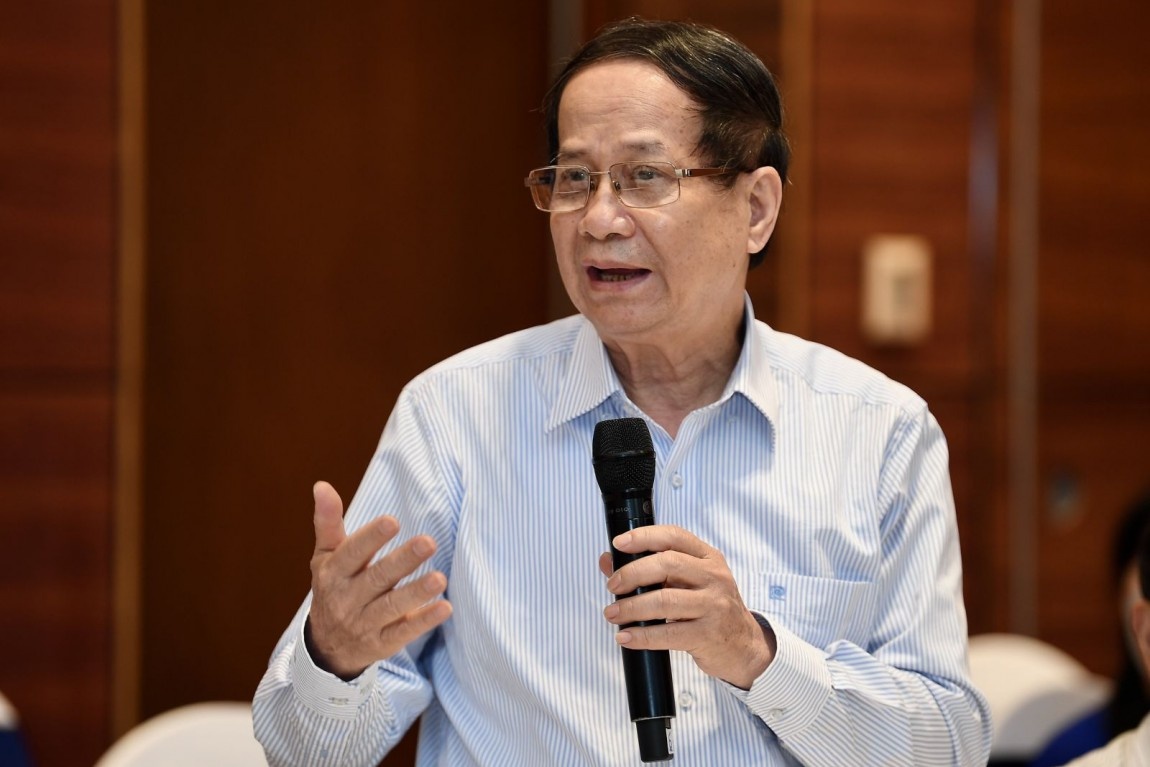
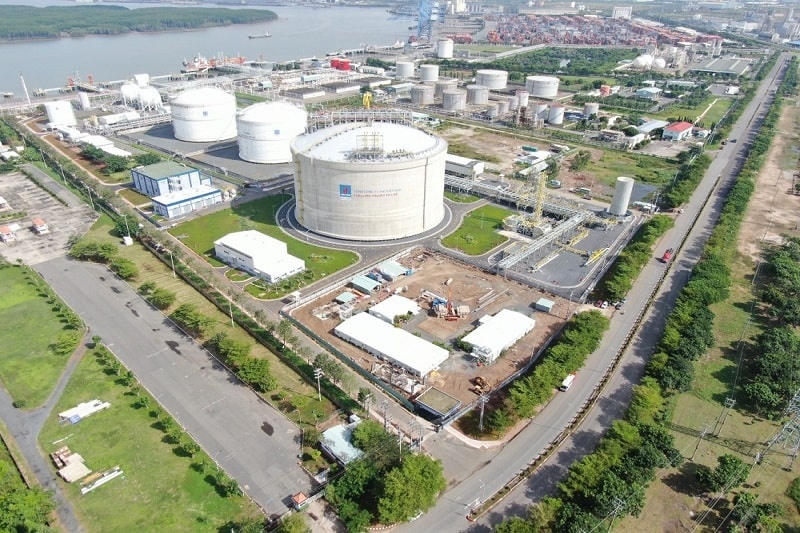



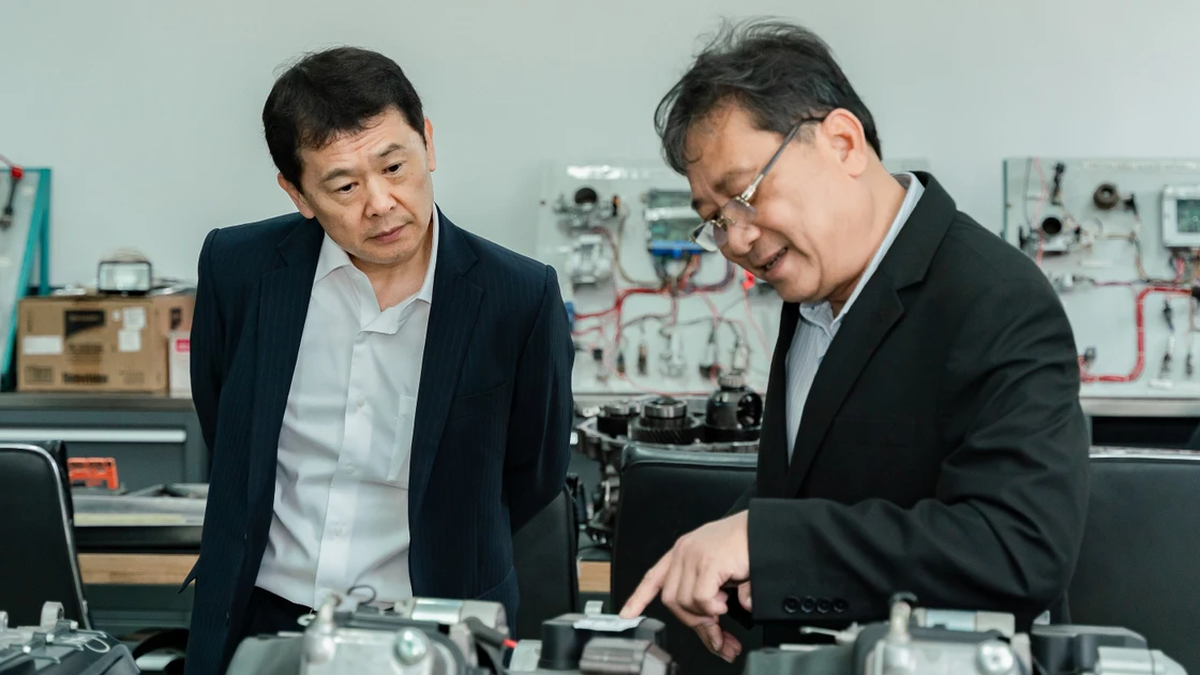
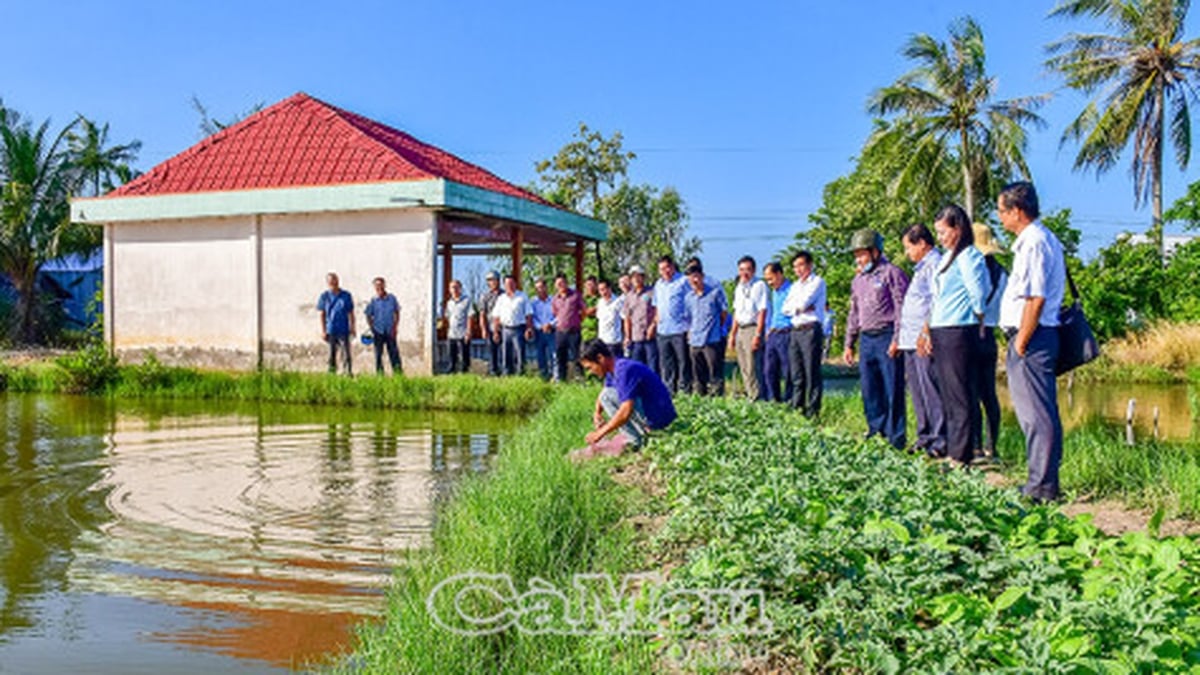
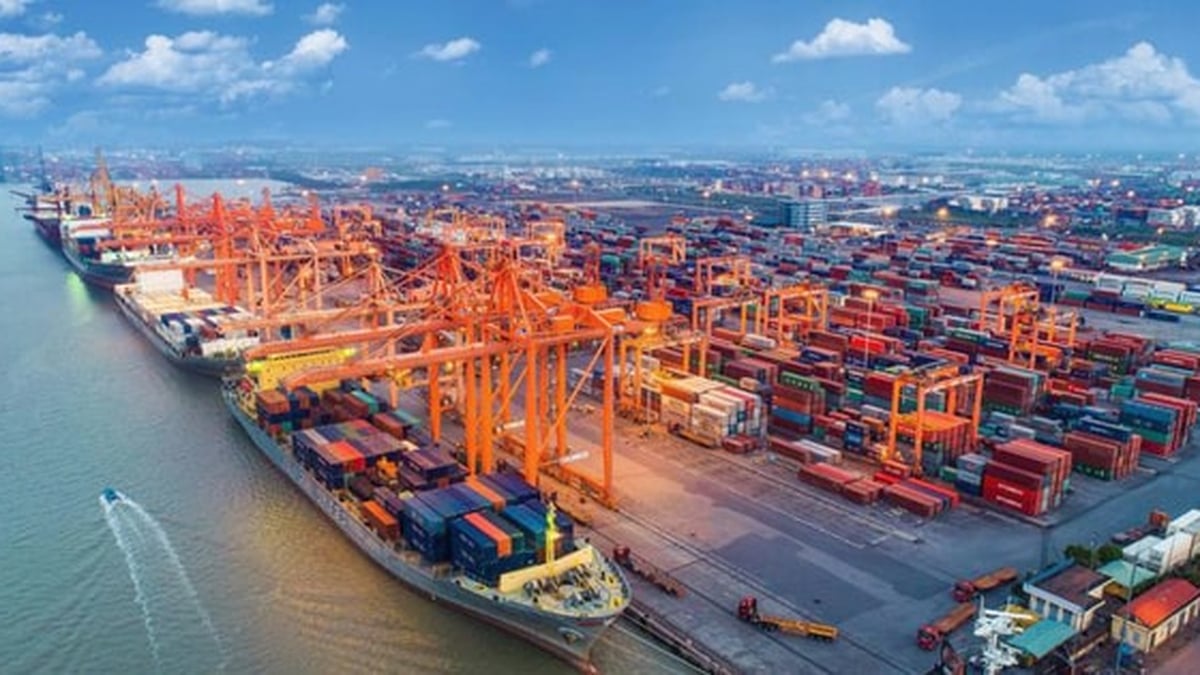





















![[Photo] National Assembly Chairman attends the seminar "Building and operating an international financial center and recommendations for Vietnam"](https://vphoto.vietnam.vn/thumb/1200x675/vietnam/resource/IMAGE/2025/7/28/76393436936e457db31ec84433289f72)
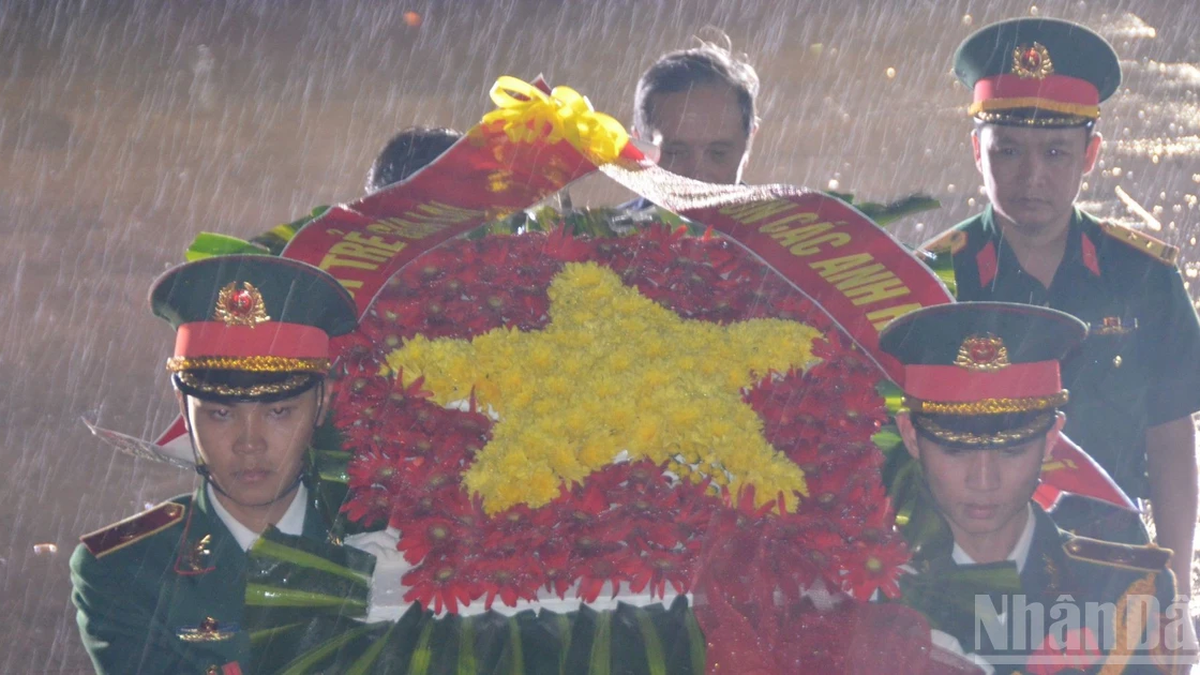





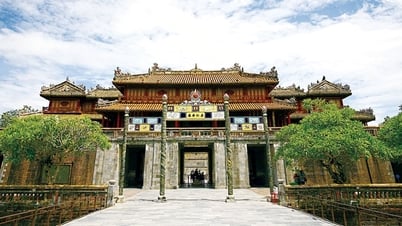



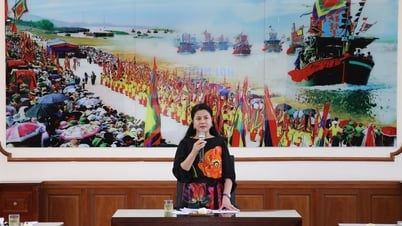

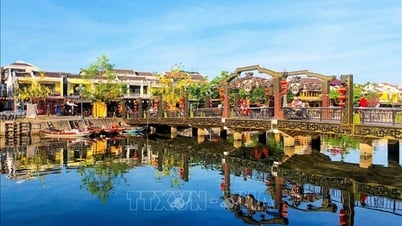



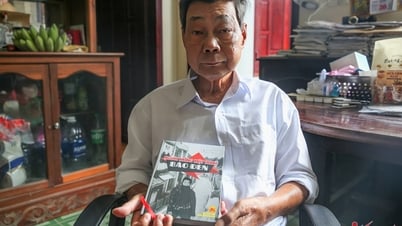



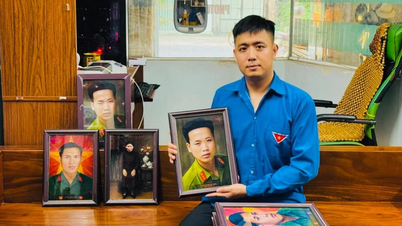


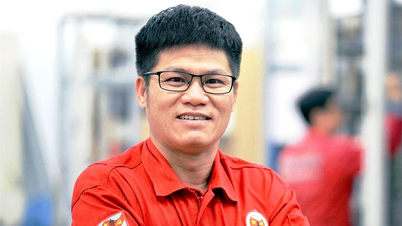

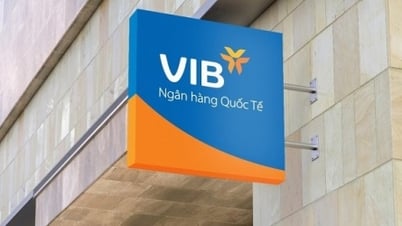

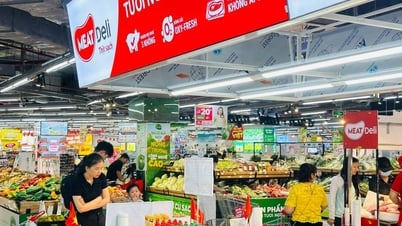



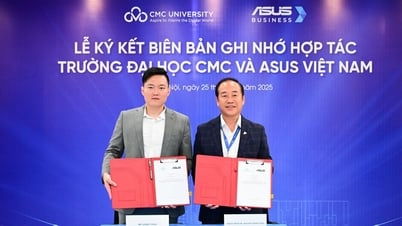



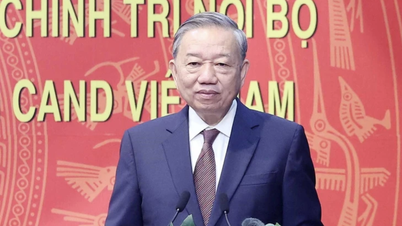
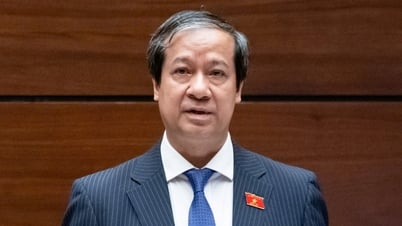
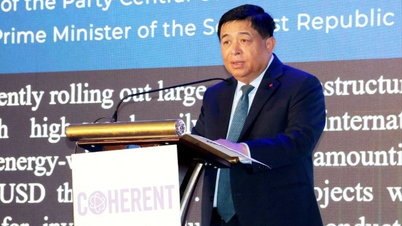

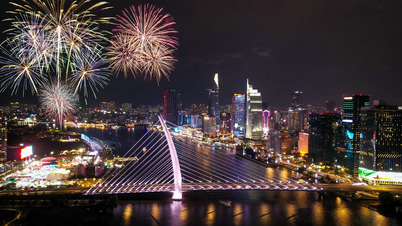
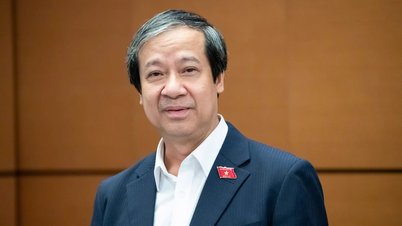
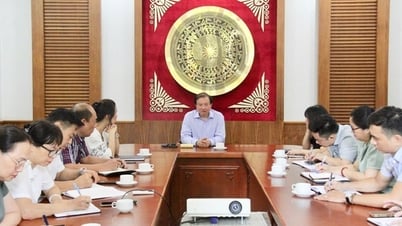




























Comment (0)